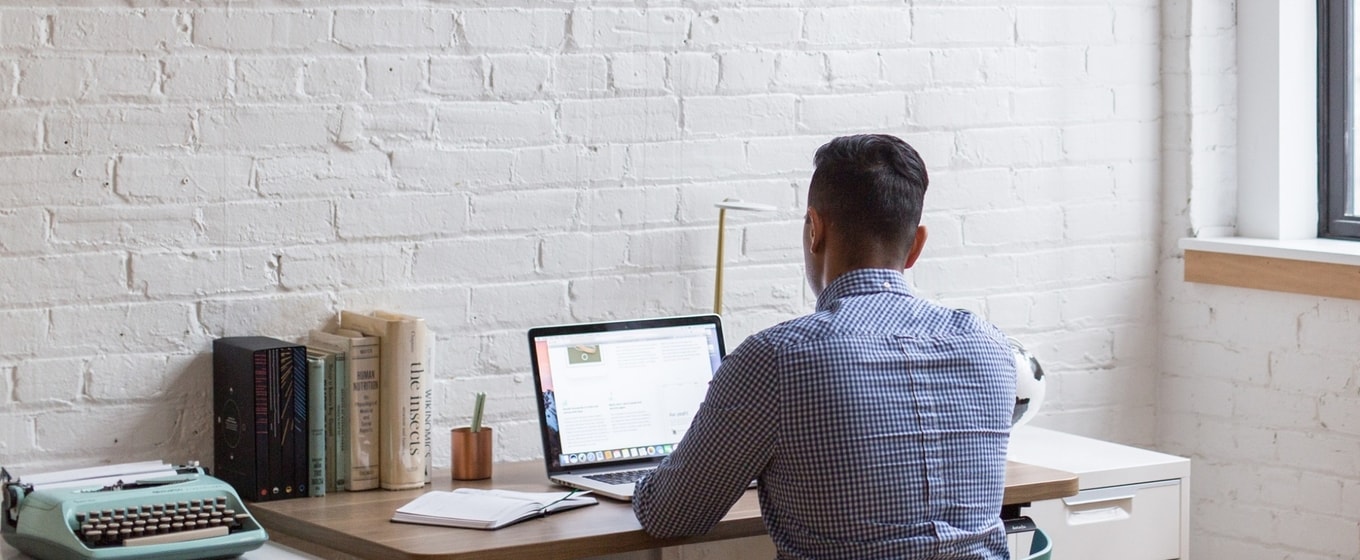These days, we’re all relatively well enlightened about the things that are bad for our health. Smoking, lack of exercise and a poor diet are right up there, but as a small business owner, it's also important to consider the effect that sitting at an office desk could be having on your employees' long-term health.
Office furniture and stationary suppliers, Viking, recently conducted a study to find out just how conscious office workers are of the potentially negative health effects caused by sitting for extended periods at work, as well as the measures being taken by employers to reduce the damage. Here's what they found:
The research
Carried out by YouGov on behalf of Viking, the survey sampled 1,307 UK employees who work in a typical office environment, sitting at a desk for more than two hours a day. Of those surveyed, 86% said they consciously think about the negative impact their working environment is currently having on their physical health.
Further to this, 37% of desk workers said they regularly think of the negative impact a desk-based working environment has on their physical health. 17% of those people admitted to thinking about it every day.
Considering such a large majority were concerned by their working environment and the potential negative effects on their health, 28% had never been provided guidance by their employer as to how to minimize the health risks caused by long periods of sitting. On top of this, 13% didn’t know whether they’d been provided with this information, suggesting employers should be doing more to help their staff remain healthy.
The role of employers
The government dictates that every workplace must take measures to ensure the safety of employees, however, this is more geared to preventing things such as workplace accidents, such as falls, from occurring. The issue of potentially underlying risks, such as the long-term effects of sitting at a desk, are not as obvious and therefore exist somewhat out of the spotlight.
With nearly three in ten (28%) desk workers stating they’ve never been told about safe ways to sit for extended periods of time, several employers could well be in breach of the Management of Health and Safety at Work Regulations 1999 act. This states that employers must ‘provid[e] staff with the necessary training and equipment to do their job safely. In practice, this means that staff should be shown how to use and adjust their chairs and equipment for maximum safety and comfort.’
This opinion that many workplaces need to be doing more is supported by the fact that 39% of respondents said they think their employer isn’t doing enough to ensure the health and wellbeing of staff is not negatively impacted by the seating and desks provided.
How employers can help
When it comes to sitting for extended periods of time at work, both employers and their employees play an important part in ensuring the potential for health problems is minimized.
From an employer’s perspective, we’ve already seen that clear communication of safe procedures must be improved. With such low numbers of survey respondents having ever had any clear direction, employers must start to place increased importance on keeping their staff informed about working safely. This means that HSE checks should be regularly carried out, and staff should be reminded about best practice for working safely.
For many employers, there may be a fear of appearing condescending to staff. After all, telling a workforce of grown adults how to sit properly could be deemed unnecessary. However, correct delivery of this message, ensuring employees are aware of the risks of bad posture or sitting for long periods, can be vitally important in protecting the physical health of staff. It may also be a good idea to encourage staff to eat their lunch away from their desk, ensuring they take a break from their sedentary position.
Whilst ensuring you've purchased suitable office chairs is a given, it may also be worth considering offering standing desks to staff. Standing desks could provide a solution that keeps staff health at the forefront, whilst keeping productivity at an optimal level. These desks can be adjusted between standing at sitting positions at any time during the day, giving employees the option when it comes to their working environment. These types of desks are likely to become more popular in the coming years, as awareness grows around safe working practices.
Creating the right working environment for employees might not be at the top of every employer’s to-do list but it has an important impact on the health and wellbeing of staff. Bring about improvement, and you’ll bring about an increase in productivity and fewer absences through injury and illness.
About the Author
Mark Wiggins is a content writer for Viking Direct. With years of experience in people management, he writes about a wide variety of HR-related subjects, specialising in staff motivation and workplace productivity. Viking now operates in over 11 countries worldwide, and employs 1300 people in the UK and Ireland. The company has built its success by selling great products at great prices whilst offering customer service that is regarded as the best in the industry.






These cookies are set by a range of social media services that we have added to the site to enable you to share our content with your friends and networks. They are capable of tracking your browser across other sites and building up a profile of your interests. This may impact the content and messages you see on other websites you visit.
If you do not allow these cookies you may not be able to use or see these sharing tools.